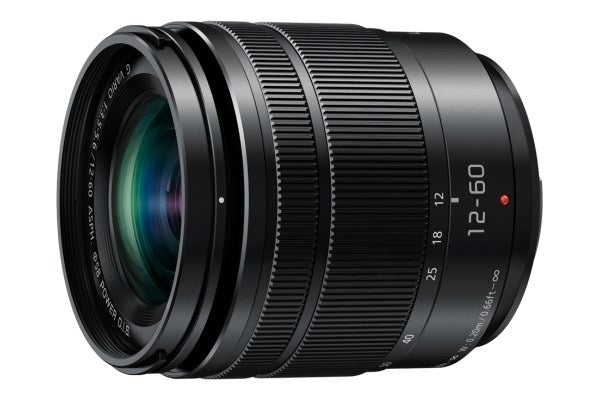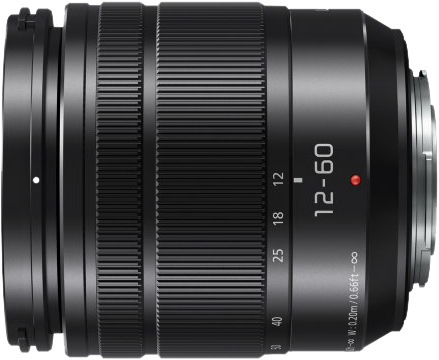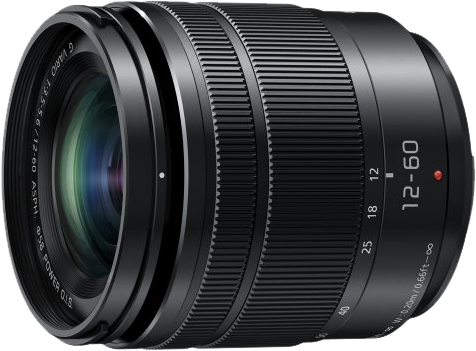Product Description
Panasonic Zoom Lumix G Vario 12-60mm f3.5-5.6 ASPH Power O.I.S. Lens H-FS12060E
- Experience significant reduction in size and weight vs. a bulky traditional DSLR lens with this Mirrorless Micro Four Thirds camera lens design
- The 12-60mm F3.5–5.6 range covers an impressive variety of daily shooting situations (24-120mm 35mm camera lens equivalent)
- Durable splash and dustproof-sealed body is ideally suited for all-weather travel, when combined with splash and dustproof LUMIX G Mirrorless camera models
- Amazing image stability with integrated LUMIX Power Optical Image Stabilization (O.I.S) and LUMIX Dual I.S. camera compatibility
- Fast, accurate focus and salient operation make this LUMIX lens the perfect choice for exceptional photo and video capture
Lumix G Vario 12-60mm / F3.5-5.6 ASPH. / Power O.I.S. offers a versatile 5x zoom range of 24-120mm (35mm camera equivalent) to fully cover a variety of daily shooting situations such as a dynamic landscape to portrait. It also features 0.54x (35mm camera equivalent) magnification capability for impressive macro close-up shots.
Lumix G Vario 12-60mm / F3.5-5.6 ASPH. / Power O.I.S. features a splash/dust-proof design that can be used even under rainy weather. The stylish and sophisticated design matches the LUMIX G Digital Single Lens Mirrorless (DSLM) cameras. A highly reliable metal mount endures long time use.
Incorporating an inner focus drive system and stepping motor, this lens is capable of smooth, silent operation to work with the camera’s high-speed, high-precision contrast AF system for both photo and video recording. It is also compatible with the sensor drive at max. 240 fps to take maximum advantage of cameras with high-speed AF. This stunning AF performance is excellent enough to record 4K video, where precise focusing is severely required.
The Power O.I.S. (Optical Image Stabilizer) effectively compensates for the hand-shake movement, making it easy to shoot even in low-lit situations. The lens works with Dual I.S. (Image Stabilizer) system when mounted on a compliant Lumix DSLM camera.
Comprising of 11 elements in 9 groups, this lens system features 3 aspherical lenses and an ED (Extra-low Dispersion) lens which effectively suppresses spherical distortion or chromatic aberration to achieve stunning picture quality. The adoption of these lenses also realizes high mobility. Multi-coated lens elements minimize ghosts and flare to further enhance its shooting performance. Seven blades give the aperture a rounded shape that produces an attractively smooth effect in out-of-focus areas when shooting at larger aperture settings.
For full specifications click Here























